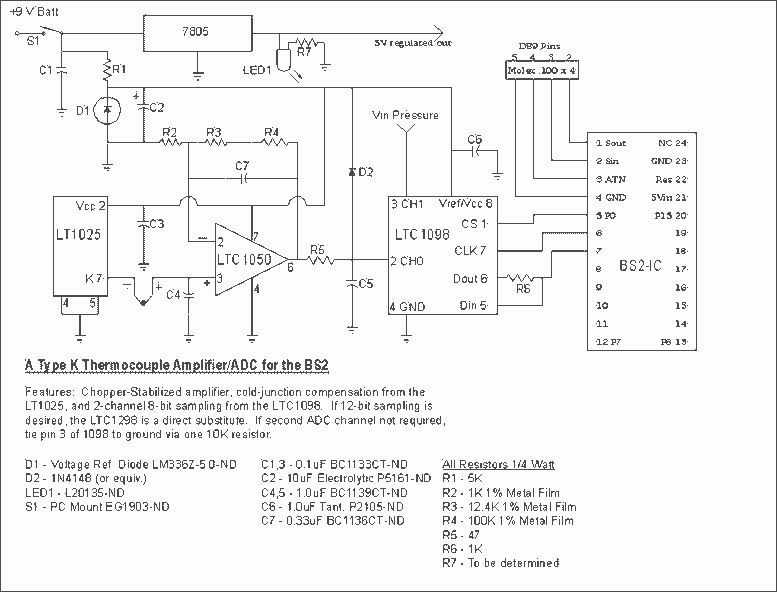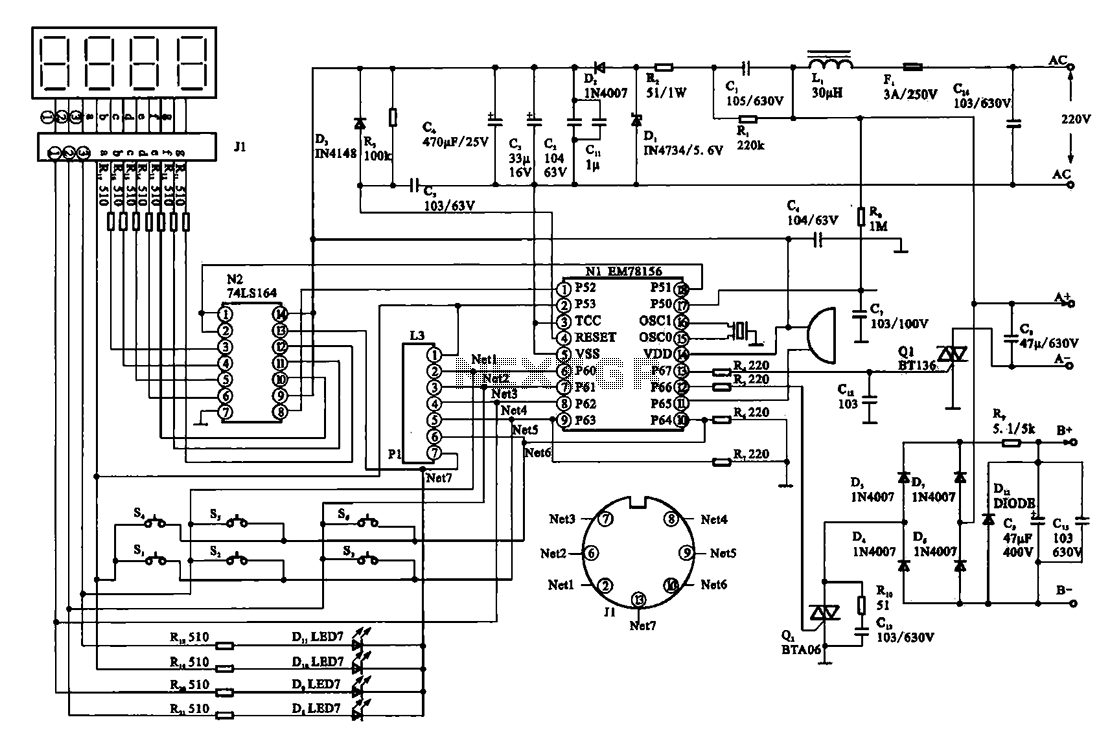
Doorbell Circuit with Diagram and Schematic using UM 66 IC

A simple doorbell circuit diagram and schematic designed using the UM66 IC, which is a music sound generator. This is an easy-to-make electronic doorbell circuit.
The doorbell circuit utilizes the UM66 integrated circuit, known for its capability to generate musical tones. The circuit typically includes a power supply, a push-button switch, the UM66 IC, and an output device such as a speaker or buzzer.
The power supply provides the necessary voltage and current to the circuit, often sourced from a standard battery or an AC power adapter, depending on the design requirements. The push-button switch serves as the user interface, allowing the user to activate the doorbell. When the button is pressed, it triggers the UM66 IC to begin playing a pre-programmed melody.
The UM66 IC is connected to the output device, which converts the electrical signals generated by the IC into audible sound. The choice of speaker or buzzer will influence the sound quality and volume of the doorbell. Additionally, a resistor may be included in the circuit to limit the current flowing through the speaker or buzzer, protecting the components from damage.
This circuit can be enhanced with additional features such as an LED indicator that lights up when the doorbell is activated, or a capacitor for smoothing the power supply to minimize noise. Overall, the simplicity of the design makes it accessible for hobbyists and beginners in electronics, while still providing a functional and pleasant doorbell solution.A simple doorbell circuit diagram and schematic designed using UM 66 IC, which is a music sound generator. This is an easy to make electronic doorbell circuit.. 🔗 External reference
The doorbell circuit utilizes the UM66 integrated circuit, known for its capability to generate musical tones. The circuit typically includes a power supply, a push-button switch, the UM66 IC, and an output device such as a speaker or buzzer.
The power supply provides the necessary voltage and current to the circuit, often sourced from a standard battery or an AC power adapter, depending on the design requirements. The push-button switch serves as the user interface, allowing the user to activate the doorbell. When the button is pressed, it triggers the UM66 IC to begin playing a pre-programmed melody.
The UM66 IC is connected to the output device, which converts the electrical signals generated by the IC into audible sound. The choice of speaker or buzzer will influence the sound quality and volume of the doorbell. Additionally, a resistor may be included in the circuit to limit the current flowing through the speaker or buzzer, protecting the components from damage.
This circuit can be enhanced with additional features such as an LED indicator that lights up when the doorbell is activated, or a capacitor for smoothing the power supply to minimize noise. Overall, the simplicity of the design makes it accessible for hobbyists and beginners in electronics, while still providing a functional and pleasant doorbell solution.A simple doorbell circuit diagram and schematic designed using UM 66 IC, which is a music sound generator. This is an easy to make electronic doorbell circuit.. 🔗 External reference
Warning: include(partials/cookie-banner.php): Failed to open stream: Permission denied in /var/www/html/nextgr/view-circuit.php on line 713
Warning: include(): Failed opening 'partials/cookie-banner.php' for inclusion (include_path='.:/usr/share/php') in /var/www/html/nextgr/view-circuit.php on line 713





